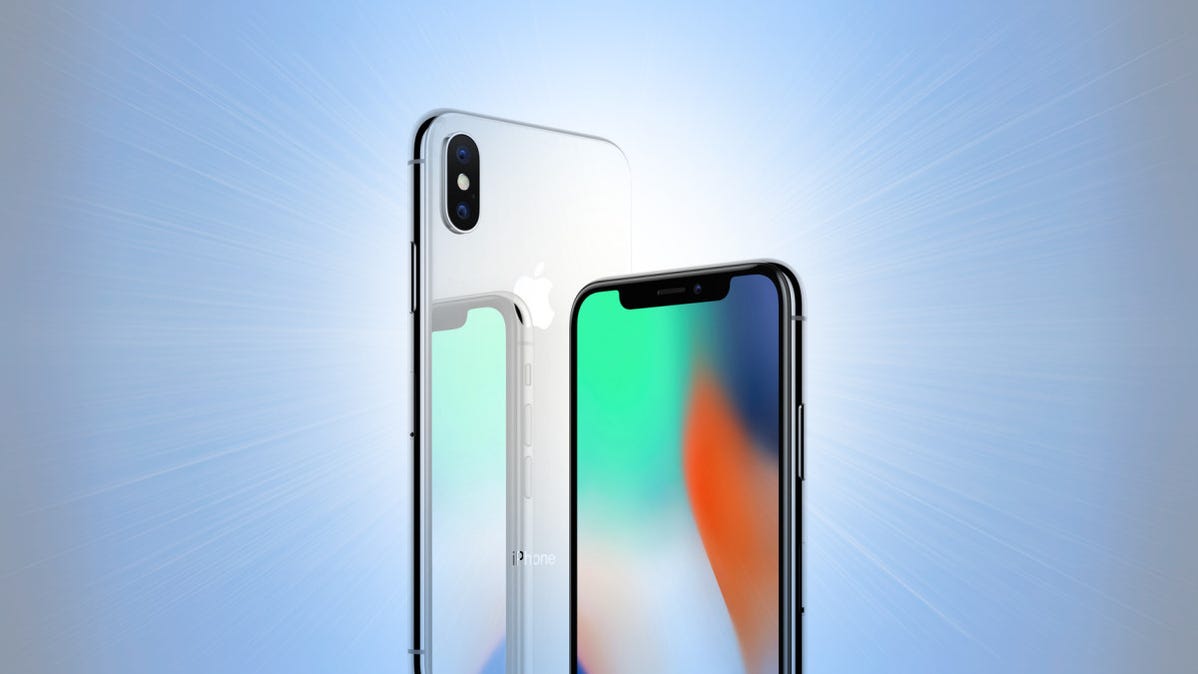

Common wisdom says that you should protect your precious iPhone or Android smartphone with a case. For some, it’s a good idea. But there are some strong reasons why most people might not need to. We’ll explore the options.
Warranties and Cloud Backup Mean Less Worry
Some smartphones, such as the iPhone, cost quite a bit of money, making some people understandably worried about unintentional damage from drops or otherwise. That’s probably the main reason people use a case to protect their phones. Luckily, some manufacturers offer comprehensive warranties against accidental damage, making the no-case option less of a risk.
For example, Apple’s AppleCare+ plan covers two incidents of accidental damage every 12 months with service fees: $29 for screen/glass damage and $99 for everything else. So you don’t need to be as afraid of a cracked screen on your $800 iPhone as you would without AppleCare+.
In the Android world, Google offers Preferred Care for its Pixel phones and Samsung offers Samsung Care+ for its smartphones. Both offer similar fees for accidental repair ($29 for cracked screens, for example).
And if you’re worried about losing your data if you accidentally damage your phone, automated cloud backup options (such as Apple’s iCloud+ or Google’s Google One) can put your mind at ease. If you damage or lose your phone, you can easily restore from a cloud backup in a new or repaired device.
Obviously, these warranty and backup plans cost extra money, so they’re not for everyone, but they do serve as relatively inexpensive insurance against damage and data loss.
Set Your Smartphone Free
Now that we’ve shown that you can skip the case and rest easy with an enhanced warranty and backup solutions, you can enjoy the benefits of case-free living. Here are a few of them:
- Smaller and Lighter: Without a case, your smartphone will be thinner and lighter, fitting more easily into a pocket or a purse. That also means rubber cases won’t get snagged on fabric or accumulate lint.
- Better Looking: Many people buy beautiful smartphones then hide them in generic black cases. Without a case, you can show the world the color and beauty of your smartphone’s native design.
- No Gesture Interference: Some smartphone cases interfere with gestures, especially those that involve swiping inward from the edge of the screen. Without a case, those gestures become far easier to perform.
- Less Landfill Waste: Every year, manufacturers create millions of phone cases. Have you looked at the clearance rack of your local Target lately? It’s usually full of unsold device cases. If you don’t buy a case, that’s one less piece of waste to go in the landfill once your phone becomes obsolete. If enough people don’t buy cases (and phones become more easily repairable), the case market size will shrink and overall case waste will drop as well.
- Less Wireless Charging Interference: Sure, there are plenty of cases that are compatible with wireless charging standards such as MagSafe and Qi, but some of them are more pricey than the alternatives. With no case, you can charge wirelessly with no issues whatsoever.
Case Alternatives: Skins, Decals, and Screen Protectors
Instead of entombing your iPhone or Android device in a case, there are some other options that don’t add as much heft and thickness. To customize the look of a phone, you can use skins and decals that add style (from whimsical to classy—and everything in between) and scratch protection to the body of your phone.
To protect your phone’s screen from cracks and scratches, you can install a very thin screen protector, which is a transparent piece of glass or plastic that sticks to the surface of your smartphone’s screen. Screen protectors are usually less expensive than cases as well, which is another advantage.
When You Should Use a Case
Let’s face it: For some people, smartphone cases still make sense. For example, if you use a smartphone for essential communications in a high-stakes job, or use one regularly in part of a life-and-death situation where someone might die if your smartphone breaks. You’ll need to protect your smartphone, because you can’t instantly fix or replace it during an emergency.
In those cases, you might want to go for one of the toughest and most highly-regarded smartphone cases made, the Otterbox Defender series. They’re pricey, but they’ll definitely protect your smartphone from harsh conditions. Just make sure you find the right model for your particular smartphone before you buy.
Also, some smartphone cases add extra battery life (letting you work longer without charging) or double as a simple wallet for important cards such as your ID or a debit card. They offer convenience beyond simple protection, so they might be worth the extra bulk.
But if you don’t use a smartphone case, you aren’t alone. According to Statistia, about 20% of smartphone owners go caseless as well. Now that there are comprehensive break-protection warranties and tougher screen glass available, those numbers might just go up over time. Join the case-free revolution!

